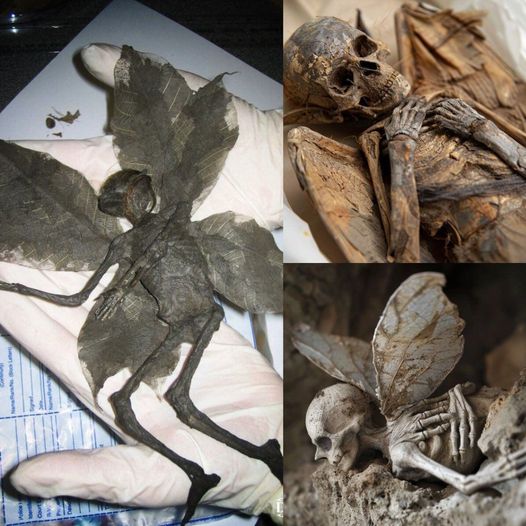Gorillas are social animals and live in groups of up to 30. This includes one older, dominant male, known as a silverback, several females and their young, and two to three younger, non-dominant males. There are normally few conflicts within the group, though confrontations with other groups or lone males can be extremely violent.
The gorilla mating process depends on factors including social structure, gorilla breeding rituals, general gorilla life cycle and more.

Social Structure
In gorilla breeding rituals, the silverback (the dominant male gorilla) breeds with all of the females in his group, though it is the female that initiates the gorilla mating process when she is fertile. However, a 1982 study found that aggression from the silverback towards a female led to that female initiating the mating process even when she was not in estrus.
Gorilla breeding can happen at any time of the year. Both Eastern and Western gorillas have been observed mating face to face in the wild, a behavior once thought unique to humans.
Females give birth about every 4 years. While female gorillas may give birth to eight or more babies, often only a couple will survive to adulthood.
Gorilla Life Cycle: Infants
Gorillas have an eight and a half-month gestation period, and infants nurse until they are between three to four years of age. The mothers carry their infants everywhere, and, in rare cases of multiple births, they often allow the weaker infant to die.
Gorillas have a high infant mortality rate; only about half of them will survive to adulthood.
This is in part because of the fact that they are so dependent on their mothers for so long, but also because of changes in social order within the group. If a new silverback takes over the group, he will usually kill all of the infants that are still nursing in an effort to bring the females back into estrus.
Gorilla Life Cycle: Adults

The mother provides most of the care to infants and juveniles, feeding, grooming and socializing them. Tool use has also been observed in some gorilla populations and the mother would teach this as well. The silverback is charged with the protection of his offspring and females from other silverbacks.
Young blackback males within the group, generally his sons, may help him fend off other silverbacks who challenge his position. But as the blackback males mature, they become a threat to the silverback's dominance, and are usually driven off between the ages of 11 and 13. They then go in search of their own group, either by taking over a group, or joining up with individual young females from several different groups.
Females usually leave at about age 10, but they will immediately join a young male or an established group, whereas males may spend several years living alone. Males generally do not get the opportunity to mate until they are about 15 years old.
Gorilla Breeding in Captivity
Certain species and groups of gorillas are endangered, which has led to zoologists attempting to get gorillas to breed in captivity. However, this can be difficult because of the intense social aspects of gorilla mating along with the risk of inbreeding.
Scientists and zoologists much make sure that the male gorilla chosen as the "stud" of the group isn't related to the females in captivity to ensure healthy and genetically viable offspring.
The social aspects are another challenge with breeding in captivity. Zoologists explain that it's a lot like human matchmaking. They consider each of the gorilla's personalities before they attempt to form a mating relationship between a male and a group of female gorillas in captivity.






